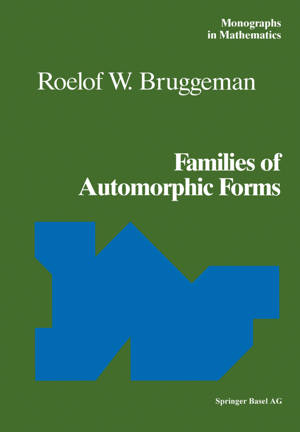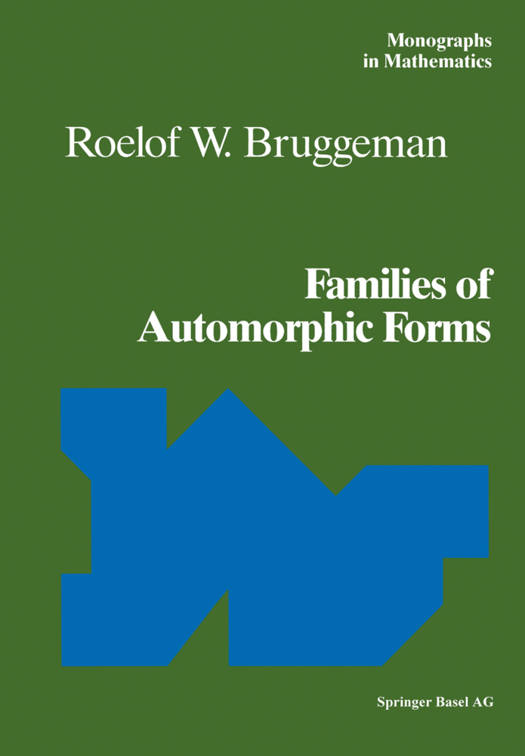
- Afhalen na 1 uur in een winkel met voorraad
- Gratis thuislevering in België vanaf € 30
- Ruim aanbod met 7 miljoen producten
- Afhalen na 1 uur in een winkel met voorraad
- Gratis thuislevering in België vanaf € 30
- Ruim aanbod met 7 miljoen producten
Zoeken
€ 83,95
+ 167 punten
Omschrijving
Automorphic forms on the upper half plane have been studied for a long time. Most attention has gone to the holomorphic automorphic forms, with numerous applications to number theory. Maass, [34], started a systematic study of real analytic automorphic forms. He extended Hecke's relation between automorphic forms and Dirichlet series to real analytic automorphic forms. The names Selberg and Roelcke are connected to the spectral theory of real analytic automorphic forms, see, e. g., [50], [51]. This culminates in the trace formula of Selberg, see, e. g., Hejhal, [21]. Automorphicformsarefunctionsontheupperhalfplanewithaspecialtra- formation behavior under a discontinuous group of non-euclidean motions in the upper half plane. One may ask how automorphic forms change if one perturbs this group of motions. This question is discussed by, e. g., Hejhal, [22], and Phillips and Sarnak, [46]. Hejhal also discusses the e?ect of variation of the multiplier s- tem (a function on the discontinuous group that occurs in the description of the transformation behavior of automorphic forms). In [5]-[7] I considered variation of automorphic forms for the full modular group under perturbation of the m- tiplier system. A method based on ideas of Colin de Verdi` ere, [11], [12], gave the meromorphic continuation of Eisenstein and Poincar´ e series as functions of the eigenvalue and the multiplier system jointly. The present study arose from a plan to extend these results to much more general groups (discrete co?nite subgroups of SL (R)).
Specificaties
Betrokkenen
- Auteur(s):
- Uitgeverij:
Inhoud
- Aantal bladzijden:
- 318
- Taal:
- Engels
- Reeks:
Eigenschappen
- Productcode (EAN):
- 9783034603355
- Verschijningsdatum:
- 23/11/2009
- Uitvoering:
- Paperback
- Formaat:
- Trade paperback (VS)
- Afmetingen:
- 170 mm x 244 mm
- Gewicht:
- 521 g

Alleen bij Standaard Boekhandel
+ 167 punten op je klantenkaart van Standaard Boekhandel
Beoordelingen
We publiceren alleen reviews die voldoen aan de voorwaarden voor reviews. Bekijk onze voorwaarden voor reviews.












